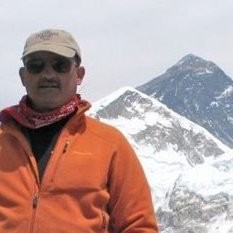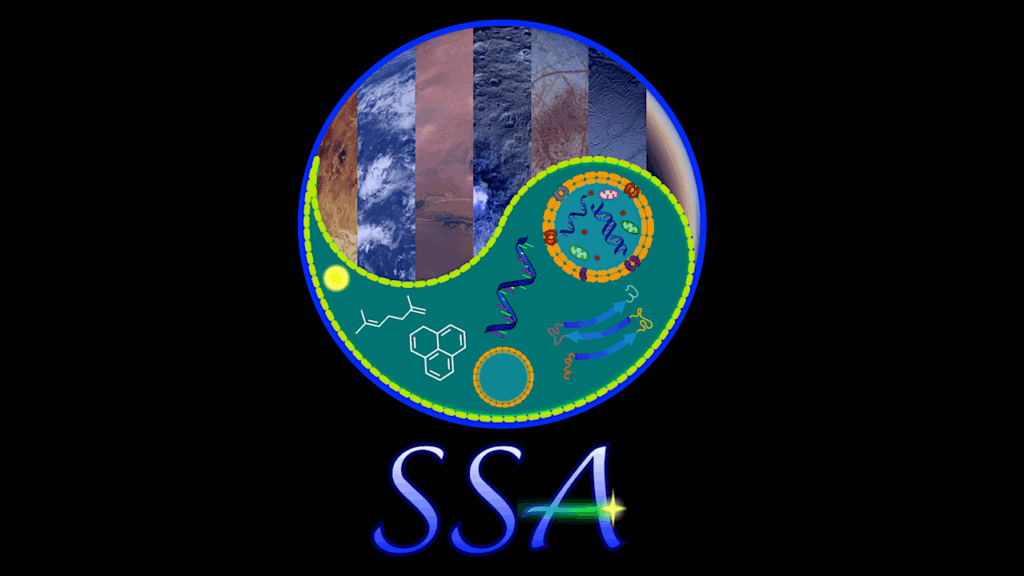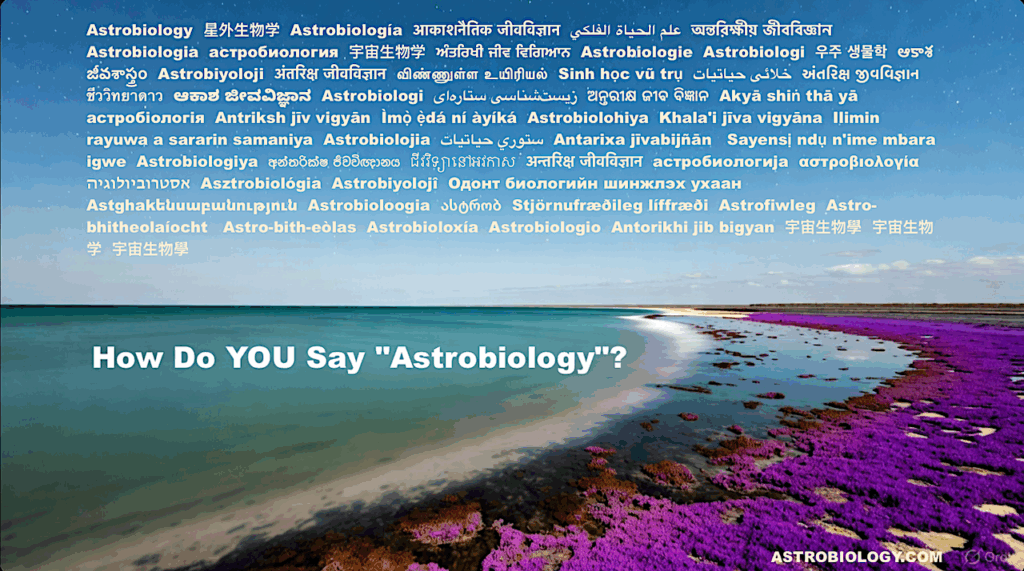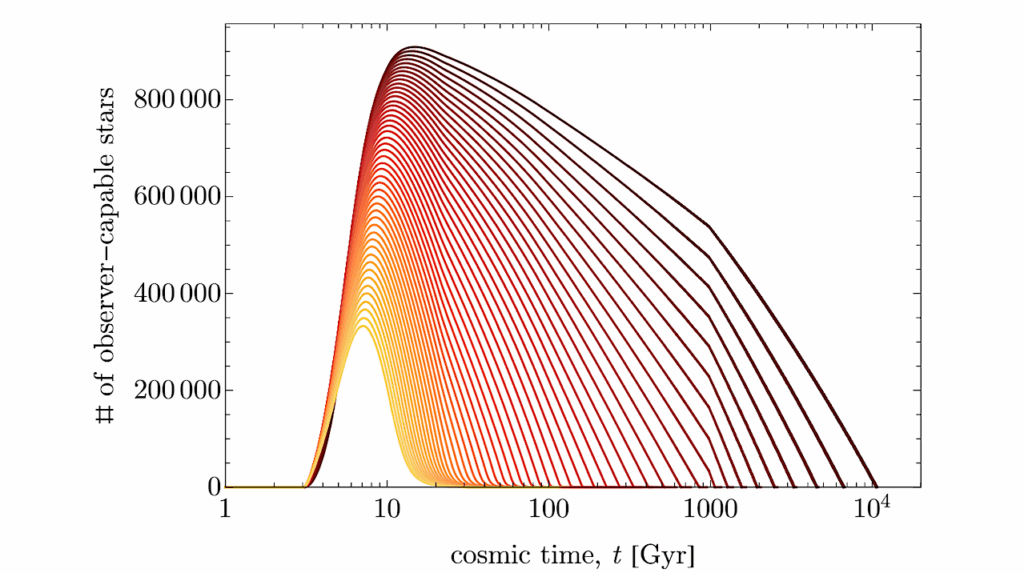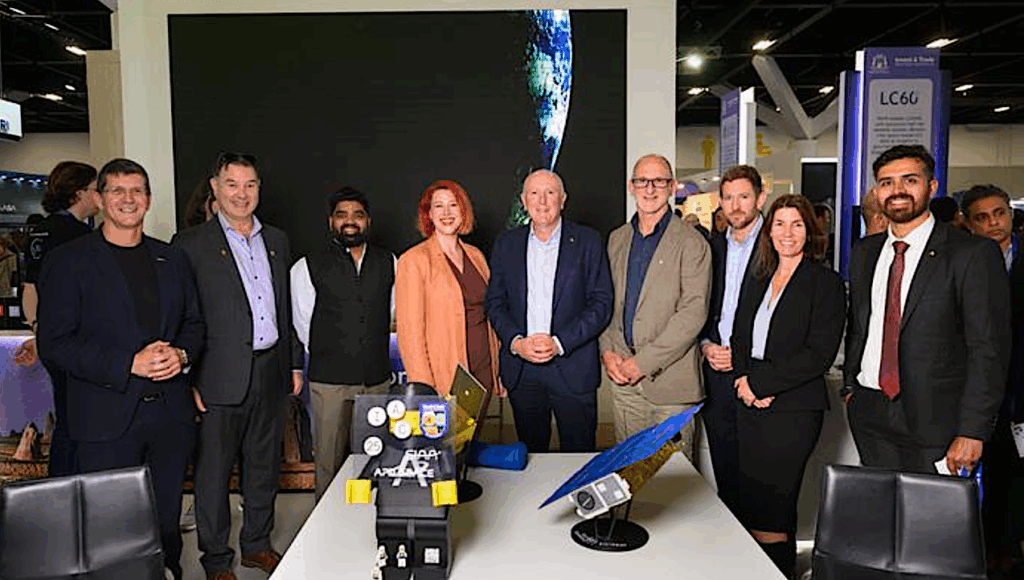The DRAKE Mission: Finding The Frequency Of Life In The Cosmos

In the search for life in the Universe, exoplanets represent numerous natural experiments in planet formation, evolution, and the emergence of life.
This raises the fascinating prospect of evaluating cosmic life on a statistical basis. One key statistic is the occurrence rate of life-bearing worlds, fL, the ‘frequency of life’ term in the famous Drake Equation. Measuring fL would give profound insight into how common life is and may help to constrain origin-of-life theories. I propose fL as the goal for the DRAKE mission (Dedicated Research for Advancing Knowledge of Exobiology): a transit spectroscopy survey of M-dwarf habitable zone terrestrial planets. I investigate how the uncertainty on the observed value of fL scales with sample size. I determine that sampling error dominates over observational error and that the uncertainty is a function of the observed fL value. I show that even small sample sizes can provide significant constraints on fL, boding well for the transit spectroscopy approach. I perform a feasibility study of the DRAKE mission using a nominal instrument design and mission plan. Due to low observing efficiencies, DRAKE may need to be incorporated into a wider-ranging deep-space or lunar observatory. A 50-planet survey could constrain fL to ≤ 0.06 (at 95% confidence) if the sample fL = 0, or 0.03-0.2 if the sample fL = 0.1. This can be achieved (on average) in 10 years using a 17-m telescope with an unrestricted field-of-regard. DRAKE is a viable approach to attempting the first experimental measurement of fL.
Subhajit Sarkar
Comments: Accepted for publication in MNRAS: 19 pages, 11 figures
Subjects: Earth and Planetary Astrophysics (astro-ph.EP); Instrumentation and Methods for Astrophysics (astro-ph.IM)
Cite as: arXiv:2201.10226 [astro-ph.EP] (or arXiv:2201.10226v1 [astro-ph.EP] for this version)
Submission history
From: Subhajit Sarkar
[v1] Tue, 25 Jan 2022 10:33:38 UTC (3,732 KB)
https://arxiv.org/abs/2201.10226
Astrobiology, SETI,

